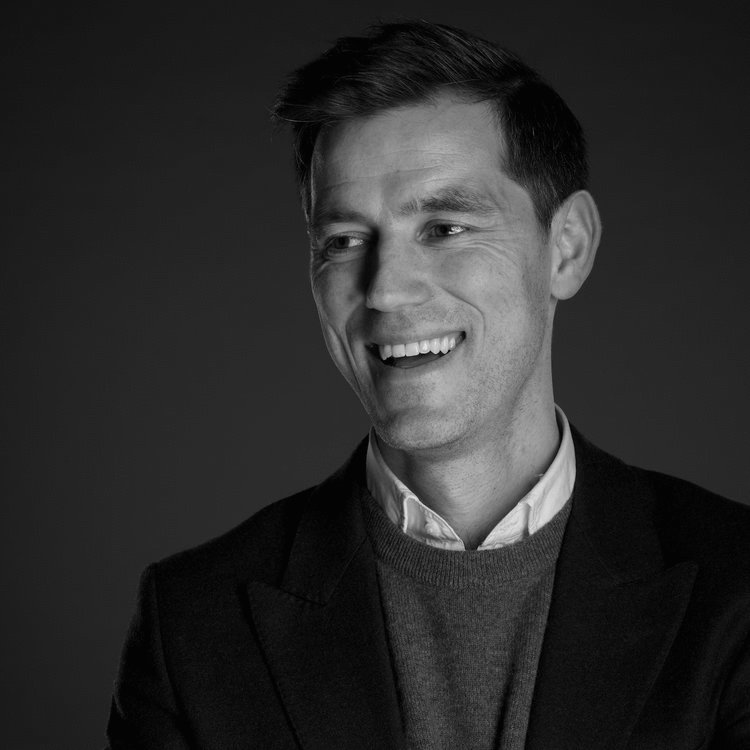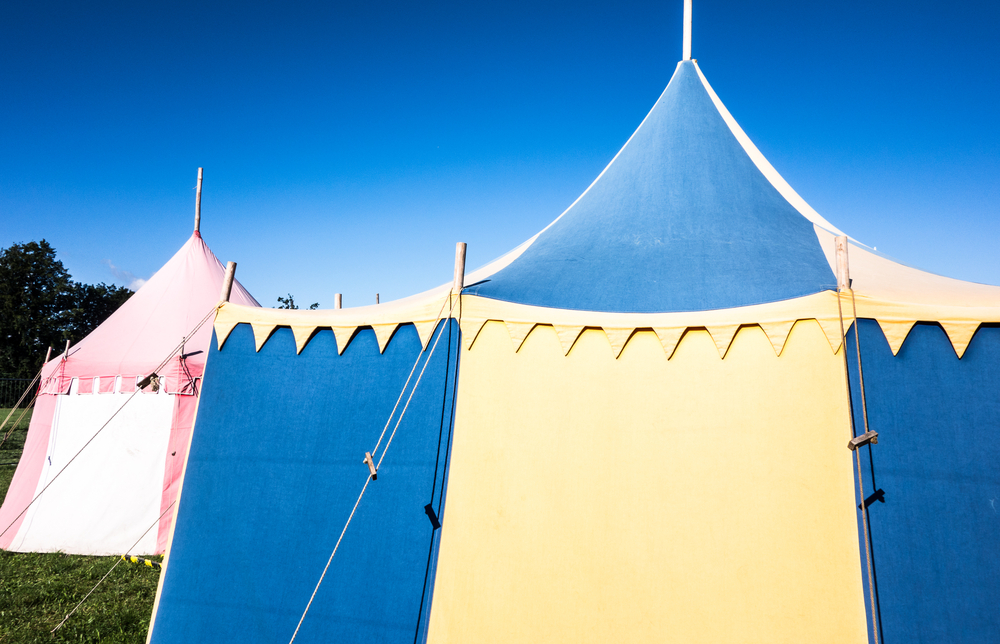 Brands are missing out when it comes to sponsoring or being involved in Ireland’s thriving musical festival scene, writes Jamie Macken.
Brands are missing out when it comes to sponsoring or being involved in Ireland’s thriving musical festival scene, writes Jamie Macken.
Why do so many brands continue to miss the potential of music festival sponsorship? Despite the fact it is one of the most exciting areas for marketers to exploit, the industry is littered with below-par activations and missed sponsorship opportunities. Especially when compared to an increasing amount of excellent Irish sports sponsorship campaigns. Our recent study, Festival Insider, has raised questions that point to untapped potential for both new and existing sponsors of music festivals. Firstly; why do existing sponsors focus their efforts on event activation at the expense of broader TTL campaigns that can assist with market penetration? Secondly; why aren’t more brands sponsoring music festivals? In sum, why do brands continue to miss the potential music festival sponsorship?
Market Penetration
Conventional wisdom suggests that sport accounts for 70% of the sponsorship market. Vodafone’s sponsorship of the men’s Irish rugby team, Three’s sponsorship of the Irish soccer teams and the GAA’s roster of headline sponsors are some of the biggest deals in the market and serve to illustrate this point. Sport provides sponsors with a diverse tool kit which can be used to address multiple business challenges. A combination of access to communities, emotive narrative and large audiences – sport accounted for nine of the ten most watched programmes in 2016 – proves a potent mix for sponsors. Large rights fees often go hand-in-hand with significant activation budgets that, more often than not, look to leverage the experience beyond match day. AIB’s #TheToughest, Three’s #TheCallUp and Vodafone’s #TeamOfUS are good examples of recent multi-channel sponsorship led brand campaigns that have done just that.
In fact, music could be considered of greater universal appeal than sport. There were 2.2 million attendees at live music events between 1st March 2015 and 29th February 2016 (Source: Let’s Celebrate, 2017). Festival Insider, highlights that over 800,000 people expect to attend at least one music festival this summer. Interestingly, the split is almost 50:50 between under and over 35 year olds. Yet, despite such large numbers of people, few sponsors effectively leverage their assets for TTL campaigns. Instead the majority continue to leverage their association during the live event itself. That said, the quality of event activations by certain sponsors has added significant value to the festival experience – for example, it is hard to imagine Electric Picnic without Electric Ireland, Heineken or Bacardi – but on the whole, sponsors are missing the opportunity to take their association beyond the live event.
Festival Insider, highlights that over 800,000 people expect to attend at least one music festival this summer. Interestingly, the split is almost 50:50 between under and over 35 year olds.
For some sponsors, festival activations are designed to increase brand consideration and the frequency of purchase at an event. For most sponsors, the objectives tend to sit between enhancing brand affinity and brand loyalty. The hope is that the brand benefits will continue after the final act. However, while most sponsors will use social media and promos to some degree, seldom do we see this association leveraged beyond the festival experience into trade, on pack or ATL. Of course, to do this requires greater investment which, in turn, must be justified with proof of a return. Yet, there is a bulk of evidence (Ehrenberg, Binet, Field, Sharp et al.) which highlights that recruiting new customers is more profitable than trying to increase the frequency of purchase. At the same time, emotional campaigns are proven to be more effective than rational campaigns in the long-term. This suggests that music, with its universal appeal, can play an important role for assisting with market penetration and, in turn, greater brand loyalty. In other words, sponsors that effectively leverage festival assets beyond the live event can better position themselves to drive sales.
Sound Atlas is Heineken’s own music platform but it is intrinsically linked to the brand’s partnership with Live Nation and, therefore, its sponsorship of Longitude and Electric Picnic. The campaign has been leveraged brilliant at festivals, in trade and across multiple media channels, including an innovative ad funded radio show with MediaCentral. No surprise then it has proven so effective, driving increased brand equity scores and sales: volume of Heineken amongst all adults grew +3.2% during the campaign period.
In Romania, research showed that 40% of teens had not tasted Coca Cola in the last month but that most of them had attended at least one music festival the previous summer. The solution was to create a packaging innovation that transformed the Coca-Cola labels into access wristbands to the main festivals in the country. Eight wrist band designs, on millions of bottles, distributed at a national level and leveraged ATL, ensured the campaign reached 75% of teens and increased sales by 11% (Source: AdWeek).
Music has universal appeal and music festivals are now widely attended – a third of the population has attended a music festival with over 800,000 expecting to attend a festival this year. And, while music festivals may not captivate national TV audiences in the way sport can, this universal appeal can provide sponsors with a vehicle for reaching large audiences and, therefore, enhancing the potential of market penetration and sales.
Diverse Sponsor Opportunities
Irish sponsors may not be able to improve the weather at music festivals but they can improve the experience of using the toilet. That might seem like a strange sentence, but it is a fact. And although it is deliberately provocative the fact remains; sponsors can improve the toilet experience and, at the same time, capitalise on a real need. After the weather, festival goers say using the toilets is the worst thing about festivals in Ireland. The most effective sponsorships are those that add real value to the experience of fans. Thus, there is a real opportunity for a sponsor to reap rewards by improving the toilet experience at music festivals. Anyone…?
What this stat highlights, is that there are opportunities for brands that traditionally would not be associated with music. 56% of Ireland’s current music festival sponsors are alcohol brands. Indeed, Festival Insider highlights that Heineken and Guinness are the top two brands most associated with festival sponsorship in Ireland. While the fit between alcohol and music festivals remains strong, less than 5% of Irish festival goers believe that drinking alcohol is the best thing about a festival and nearly a quarter say that drunk people are the worst thing about the experience. Dig a little deeper still and it is clear that opportunities exist for a diverse portfolio of sponsors.
A third of festival goers spend the most money on accommodation for a festival, including tents and camping equipment – in fact, raincoats and waterproof tents are voted as the two most essential festival items. Yet, there is no camping brand or retailer associated with an Irish music festival. In the US, the outdoor goods retailer, REI, sponsors the Timber! music festival where the brand partners with vendor partners to deliver a range of activations including on-site “REI Signature” tent cabins. Elsewhere outdoor equipment company, Camelbak , best known for its water bottles and hydration packs, sponsors Lollapalooza and Austin City Limits. The brand operates the drinking water stations at both, promoting an eco-friendly message through its offering of reusable water bottles.
Another third of people spend the most amount of money on food. At present, only 19% of Irish music festival sponsors are food brands and not one of the big retailers – i.e. Lidl, SuperValu, Tesco, Dunnes, Aldi et al. – have invested in this space. This is despite the fact these retailers often stock clothing and other merchandise that attendees also list as items that they spend money on. Again, in the USA, Wholefoods is a sponsor of Pitchfork Festival where the retailer provides complimentary amenities such as sunscreen, hair ties, a farmer’s market and a space for people to relax and unwind. This begs the question, which retail brand will seize the opportunity to engage customers – via on site sales and brand engagement – in the extensive camping zones at Ireland’s festivals? Who doesn’t want baby wipes, fantastic coffee and a breakfast roll after falling out of a tent?
Despite the fundamental requirement for purchasing tickets and various goods and services, not to mention the ongoing evolution towards a contactless and cashless society, there is no financial sponsor of a music festival in Ireland. In other markets, music partnerships have attracted various players in the financial space who often leverage their association to improve brand image and appeal to younger consumers; a demographic that’s typically less exposed to and less trusting of financial brands. In the UK, this is part of Barclaycard’s strategy for its sponsorship of British Summer Time festival, which includes one-off shows in London’s Hyde Park by the likes of Justin Bieber. Similarly, Jennifer Breithaupt, Managing Director/Media, Advertising & Global Entertainment at Citi Bank, recently explained why Citi has such an extensive association with music; “It’s a universal language. It allows us to reach and connect with a broad range of our current customers, but also the people that we want to be customers.”
Financial institutions continue to have a strong presence in Irish sports sponsorship. More often than not the fit is good and savvy sponsors can address a number of business objectives including engaging communities, business customers, branches and improving brand image. However, it will not be long before a brand disrupts the category by taking the initiative to capitalise on our vibrant music festival scene.
Whether it is improved toilets or cashless festivals, opportunities exist for different brand categories to address real needs and therefore add value to the experience of music fans. Doing so establishes brand relevance and is a key ingredient of effective sponsorship.
What Festival Insider has shown is that opportunity knocks for both new and existing sponsors. Despite music festivals now being the staple of many people’s summer, brands continue to miss the potential. This year festival-goers will spend an estimated €253m attending festivals, purchasing an array of goods and services in the process. At the same time 40% of attendees do not believe that they spend too much money at festivals. This combination, of universal appeal and spending power, is too good an opportunity to miss. As sponsorship continues to rise-up the food chain of marketing, we expect to see more savvy brands capitalise in this space very soon – in particular in the financial and retail space.
Jamie Macken is partner with Livewire, the Core Media sponsorship agency.
First published in Irish Marketing Journal (IMJ June 2017)© to order back issues please call 016611660























